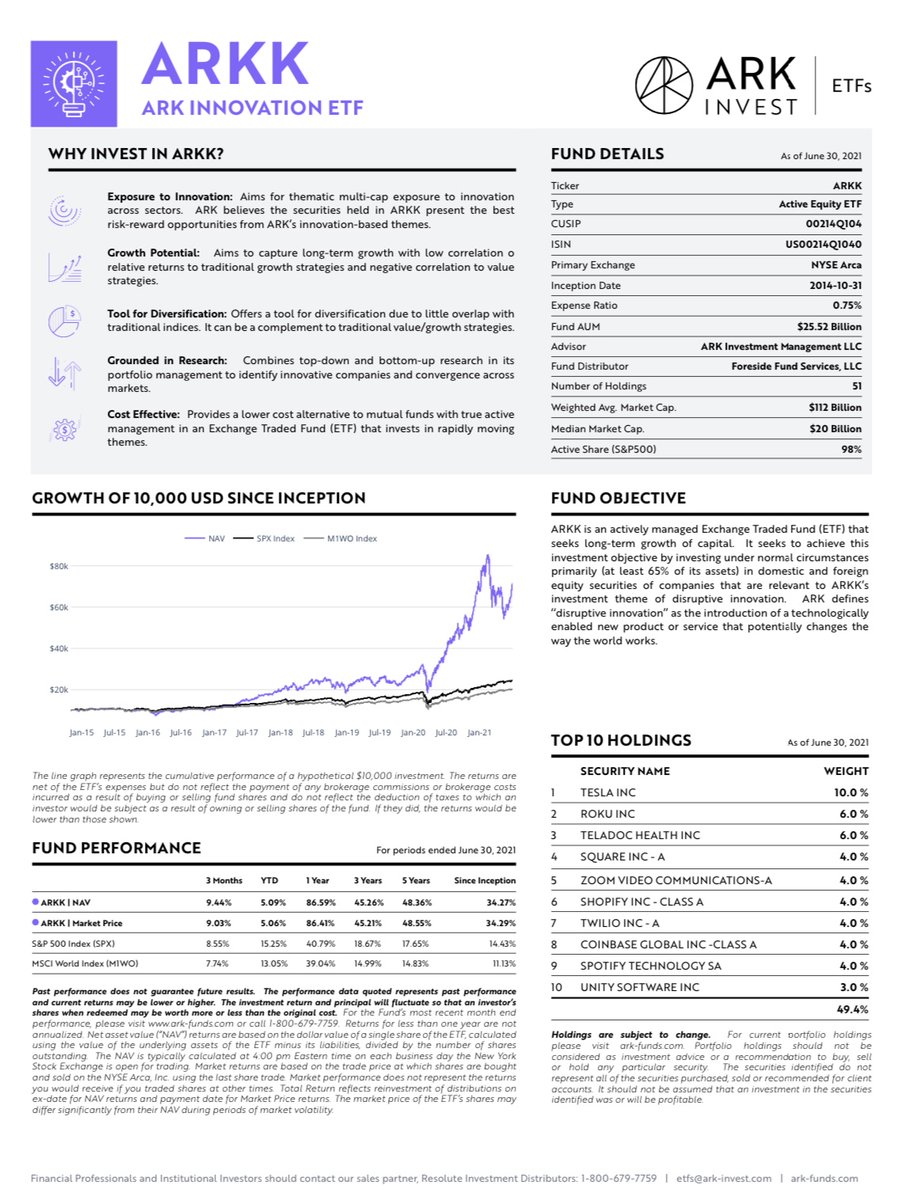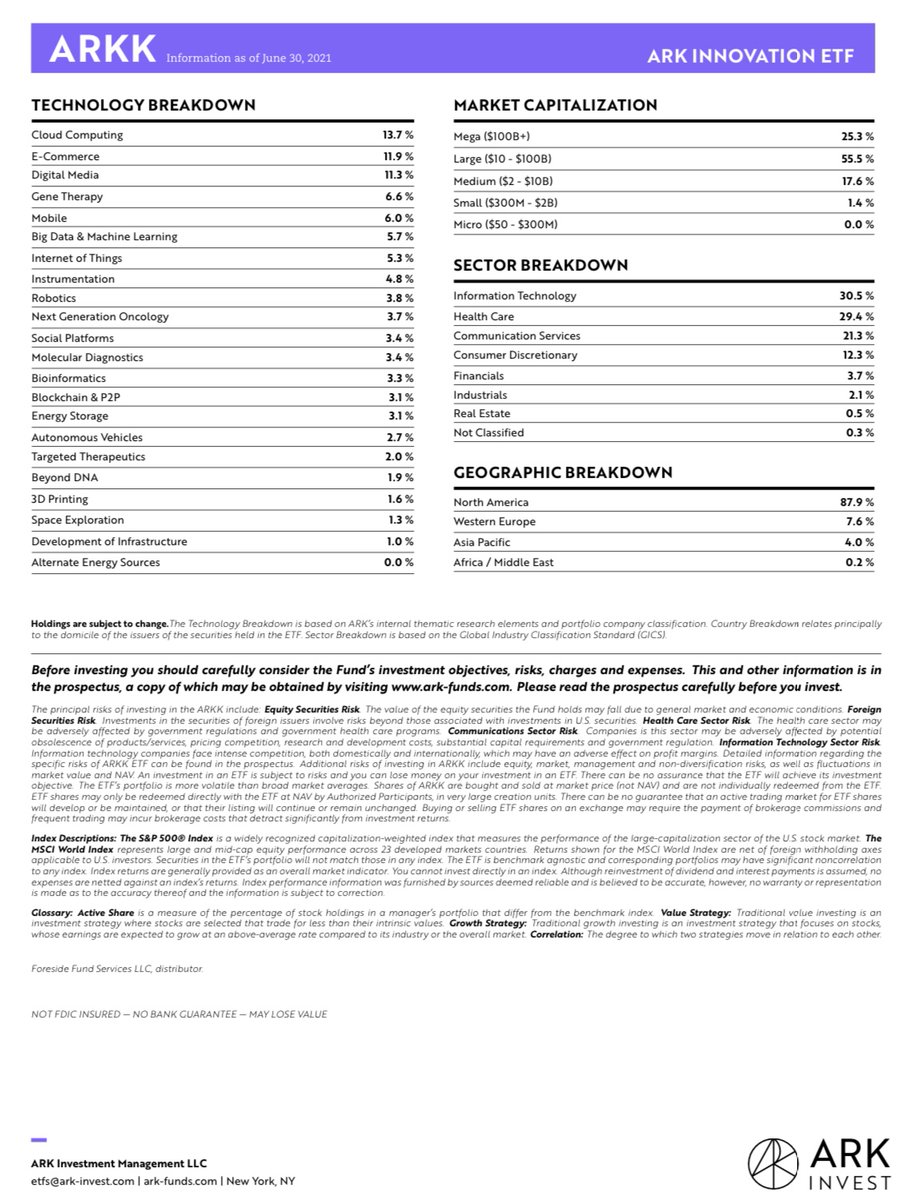
Who would believe that Tesla is now "worth" more than two Berkshire Hathaways? Today’s 8.5% gain added $106 billion in market cap, 2.3x Tesla’s annual REVENUE in a single day. Mr. Market now values the car company at $1.36 trillion, 29.5 times annual trailing revenues. Insane. 1/
Tesla is the single biggest stock bubble I’ve ever seen, and getting bigger. Worth TWO Berkshires? Makes sense given Tesla’s $58B in total assets and $27B in shareholder’s equity, as against Berkshire’s more than $900B in total assets and nearly $500B in shareholder’s equity. 2/
Berkshire earns more profit than Tesla does in sales, so naturally the car company should be worth two of the conglomerate with more tangible property, plant and equipment than any company on the planet. But Berkshire is old and run by fossils, according to the Tesla crowd. 3/
Berkshire surely will grow slower and earn a mere 10% on unleveraged equity, which matches a realistic expectation for annual investor return over time. Boring, pedestrian and not at all comparable to all of the magnificent things Tesla is to become. Right. 4/
Perhaps since Tesla is more than a car company it should be compared to Microsoft. Both were on fire right out of the gate. Since its 2010 IPO, Tesla’s share price compounded by 67.7% annually to today. It looks like Microsoft did after going public and growing like a weed. 5/
Through $MSFT’s first 14 years, to what I thought was its bubble peak on January 1, 2000, shares compounded at 59.2%/yr. At that point MSFT traded at a $620B valuation and was doing $20B in sales, so at 31 times sales, nearly identical to where Tesla is today (give it a day). 6/
Microsoft was then considerably more profitable than Tesla is now, earning a 38% profit where Tesla earns a respectable 7.4%, which better grow. On January 1, 2000, I wrote that $MSFT shareholders would lose money for 15 years, which they did. (Letter on the website) 7/
The case v Microsoft was simply one of extreme excessive valuation of a legitimate, large, great business. Tesla is likewise a large business, with $46.8B in trailing 12-month sales, likely doing more than $50B by yearend. Whether Tesla (the company) BECOMES great remains TBD. 8/
So how about a comparison to where Microsoft, Amazon, Apple and Google were valued at the point when they were likewise generating annual revenues of $50 billion, as Tesla is approaching now? Here’s where expected returns and the price paid for those returns enter the mix. 9/
Shareholders of these four giants have been richly rewarded as the companies marched past $50B in annual sales to where they are today.
Begin with Apple at year-end 2009. Telsa bulls suggest Tesla will dominate autos the way Apple does phones and the services surrounding it. 10/
Begin with Apple at year-end 2009. Telsa bulls suggest Tesla will dominate autos the way Apple does phones and the services surrounding it. 10/
On $46.7B in sales and earning $10.8B in profit, Apple earned a margin of 20%, and was valued modestly at $189B, only 14% of where Tesla is valued today. Apple traded at 4 times sales versus 29.5 for Tesla now and earned substantially more profit. 11/
From that point Apple’s shareholders earned a whopping 30.3% per year, saw sales grow 7.8x to $366B and the profit margin expand from 20.2% to 25.8%. The multiple to sales grew from 4x to 7.6x. Apple also shrunk its shares outstanding from 25 to 16.4 billion. 12/
Margin expansion coupled with huge multiple expansion coupled with sales growth. Mr. Buffett paid 12x earnings. I’d encourage the Tesla shareholder to do the math on what Apple’s compound return would have been had the beginning multiple to sales began at 29.5x and not at 4x. 13/
Tesla is now “worth” more than half of Apple’s $2.4 trillion valuation yet only generates 12.8% as much revenue. With profits of $3.5B Tesla earns 3.6% as much as Apple’s $94.5B profit take. Shareholders thinking this is Apple are going to learn about multiple compression. 14/
How about a comparison to Amazon, given Tesla’s years of losses, but now scaling profitability, just as Amazon has done? Amazon’s sales passed the $50 in 1Q12. At year-end 2011, annual revenues were $48.1B with the profit margin a skinny 1.3%, only $632 million in net income. 15/
Mr. Market valued Amazon at $79B, only 1.6x sales and awards it a multiple of 3.7x today, more than a doubling. The net margin expanded to 5.7%. With Tesla’s $1.36T value today, it’s nearly as large as Amazon’s $1.68T cap, yet Amazon’s $460B revenues are TEN TIMES Tesla’s. 16/
$AMZN, more capital intensive than the others discussed, has taken on a modest $50B in net debt and increased shares out by 10% since 2011. 9.5x growth in sales coupled with 4.4x profit margin growth saw the multiple to sales expand to 3.7x. Again, $TSLA is valued at 29.5x. 17/
Yes, Amazon traded at 124x earnings, as Tesla bulls will point out, with shareholders correctly forecasting higher margins (who envisioned such contribution from AWS). Tesla today trades for 400x earnings and is already earning a 7.3% profit margin! Where will it wind up? 18/
Again, do the math. If $AMZN had traded not at 2011’s 1.64x sales, or today’s 3.7x, but instead at 29.5x, how much lower than the 35% compound gain would Amazon shareholders have earned? Hint - way lower. Tesla's multiple to sales is durably headed higher? How high margins? 19/
Come now Google, which hit annual sales of $50B sometime in 4Q12. At 9/30/2012, Google earned a margin of 22.9%, $10.6B on sales of $46.3B. Google was three times more profitable than Tesla is today yet had a market cap of $248B, an 18% fraction of Tesla’s $1.36T today. 20/
Google traded for 5.4x sales and 23.4x earnings, and only 19.7x earnings when netting out $40B in net cash. Again, Tesla at 400x earnings and 29.5x sales seems a bit more expensive than Google was lo nine short years ago, you think. 21/
Google’s profit margin grew from 22.9% modestly to 25.0%, and with no change in the share count shareholders earned 25% annually as sales grew 5.2x to $239B and the multiples paid to sales and earnings rose to 12.5x and 30.0x net income net of net cash. 22/
Tesla is 75% as “valuable” as Google is today at $1.79T enterprise value? Google earns $60B in profit, 28% more than Tesla does in sales. Google was cheap when doing $50B in sales. Shareholders enjoyed the ride. Only one of these 4 companies saw shares elevated like Tesla's. 23/
Thus, back to Microsoft. It took 7 years from the outset of 2000 for Microsoft to grow sales from $20B to $50B, not a bad clip - hard to do, in fact. During that stretch, profit nearly doubled to $14 billion, but the profit margin declined from 1999’s heady 38% to 28%. 24/
Microsoft's stock was more than cut in half. The market cap dropped from $620B to $267B, the multiple to sales from 31x to 5.4x and the multiple to profit from 83x to 19x! I was buying the shares here, at 75% below the early 2000 high, often at 10x earnings, FWIW. 25/
While Microsoft did produce a 15-year loss, including dividends, from early 2000, given a recovery in the net margin back to 37% and sales now at $176B and growing fast, the shareholder on January 1, 2000 has finally clawed to a 10% total return. It was 7.5% as of a year ago. 26/
Microsoft's multiple to sales has doubled from when the company was doing $50B in revenues but is still WAY below the 31x multiple to sales at the peak. The shareholder coming in then, at 3/31/2011, compounded at 21% per year for that stretch. Price does indeed matter. A lot. 27/
Back to Tesla. Shareholders will almost surely lose money ultimately from today’s level. 20x sales was ridiculous for a capital intensive auto maker just a few weeks ago. At 29.5x today, for a large company, the present $1.36T valuation is not only insane but dangerous. 28/
Back when each were the size of Tesla by revenues, at $50 billion, Apple, Microsoft, Google and Amazon traded for 4.0x, 5.4x, 5.4x and 1.6x sales, respectively, an average of 4x. Today, those multiples to revenues are 7.6x, 12.0x, 12.5x and 3.7x. Tesla is trading at 29.5x! 29/
How do you durably make money from here? Who knows how high the stock gammas (verb) up in the interim? More insanity exists today than in 2000. Tesla, now with a 7.3% profit margin (including credits), earns close to Toyota’s best in class 8% margin, is “worth” 5.5 Toyotas. 30/
But Toyota produces 5.5x more revenues that Tesla! Toyota has more than 10% auto market share and will produce perhaps $275 billion in revenues and $23 billion in profit. Will Tesla grow revenues quickly and for a long time? Most likely yes. But does price matter? 31/
Will margins expand from a level now nearly at Toyota’s? Most likely yes, particularly if the company can indeed build cars with less capital intensity. But does price matter? As was seen with Microsoft, it does. And Microsoft is as good now as in 2000. Tesla 2 decades hence? 32/
At highest optimism regarding market share, disruption to further industries and margin expansion, know that multiple contraction is coming, and in a big way. Tesla is disrupting some perfectly awful industries, but those that fight back. Tesla earning software margins? Nope. 33/
At 3x sales, which is 3x the 1x multiple of Toyota, that's a 90% decline from here. At the average 9x multiple to sales of Apple, Microsoft, Google and Amazon, that's a 67% decline. 30x times a 30% profit margin gets you to 9 times sales. Better sell way more than cars. 34/
This is a bigger bubble than was Microsoft on New Year’s Day 2000. The greater fool theory can persist for some time, but you’re invariably looking at a near certain huge negative return from here, and if all goes well over the next 10-15 years, a single-digit return at best. 35/
If Tesla shareholders expect the 30%, 21%, 25% and 35% annual gains from where Apple, Microsoft, Google and Amazon did $50 billion in annual sales, think again. Those stocks were cheap relative to the growth they produced. Tesla shareholders have bought more than all of it. 36/
Meanwhile, at 400 times earnings and 29.5 times sales, you can swap one Tesla for two Berkshires, or five and a half Toyotas. Congrats to those riding this bubble. There are some trains you need to get off though. For those coming in now to the stock, don’t be the greatest fool.
• • •
Missing some Tweet in this thread? You can try to
force a refresh






